Subscribe to our ▶️ YouTube channel 🔴 for the latest videos, updates, and tips.
Word Problems on Multiplication and Division of Whole Numbers
We will learn how to solve step-by-step the word problems on multiplication and division of whole numbers. We know, we need to do multiplication and division in our daily life. Let us solve some word problem examples.
Word problems on multiplying and dividing of large numbers:
1. The cost of a chair is $980.50. Find the cost of such 2035 chairs.
Solution:
Cost of a chair = 980.50
Number of chairs = × 2035
490250
2991500
0000000
+ 196100000
Cost of 2035 chairs = 1995317.50
Therefore, cost of 2035 chairs is $1995317.50.
2. A tyre factory produces 6348 tyres a day. How many tyres will the factory produce in 460 days?
Solution:
Number of tyres a tyre factory produces in one day = 6348
Number of day = × 460
0000
380880
+ 2539200
Total number of tyres produces in 460 days = 2920080
Therefore, the tyre factory will produce 2920080 tyres in 460 days.
3. The cost of a flat is $4218000. If there are 36 similar flats in a building, how much money will be collected by selling all the flats?
Solution:
Cost of one flat = $4218000
Number of similar flats = 36
Cost of 36 flats = $4218000 × 36
Hence, the money collected = $151848000
4. 470988 books are to be arranged equally in shelves. If 378 books are arranged in each shelf, how many shelves will be needed?
Solution:
Total number of books = 470988
Number of books arranged in each shelf = 378
Number of shelves needed = 470988 ÷ 378
Therefore, 1246 shelves needed to arrange 470988 books equally.
5. The cost of 534 train tickets was $457104. Find the cost of one ticket?
Solution:
Number of train tickets = 534
Cost of 534 train tickets = $457104
Cost of 1 train ticket = 457104 ÷ 534
Therefore, cost of one train ticket is $856.
6. 36 families went on trip which cost them $1216152. If each family share the cost equally, how much did each family pay?
Solution:
Total number of families = 36
Total cost paid by 36 families = $1216152
Cost paid by each family = $1216152 ÷ 36
Hence, cost paid by each family = $33782
7. A machine produces 2175 screws a day and after a month (30 days), these screws are distributed equally to 25 dealers in different parts of the city. How many screws does each dealer get?
Solution:
Screw production per day = 2175
Screw production in 30 days = 2175 × 30 = 65,250
65,250 screws are distributed equally among 25 dealers
Therefore, number of screws per dealer 65,250 ÷ 25 = 2,610
Hence, each dealer gets 2,610 screws.
8. A bus travels a distance of 275 km 500 m daily and for this travelling it consumes 1 ℓ of diesel per 15 km. Find
(i) how much distance does the bus travel in a month of 30 days?
(ii) how much diesel does the bus consume in a month?
Solution:
(i) In 1 day, the bus travels a distance of 275 km 500 m.
In 30 days (1 month), it travels a distance of 275 km 500 m × 30.
Hence, the bus travels a distance of 8265 km in a month.
(ii) The bus travels a distance of 8265 km in a month.
The quantity of diesel consumed by the bus for 8265 km (in 1 month) is given by 8265 ÷ 15.
Hence, the bus consumes 551 ℓ of diesel in a month.
- Addition Of Whole Numbers.
- Word Problems on Addition and Subtraction of Whole Numbers
- Subtraction Of Whole Numbers.
- Multiplication Of Whole Numbers.
- Properties Of Multiplication.
- Division Of Whole Numbers.
- Properties Of Division.
- Word Problems on Multiplication and Division of Whole Numbers
- Worksheet on Addition and Subtraction of Large Numbers
- Worksheet on Multiplication and Division of Large Numbers
- Worksheet on Operations On Whole Numbers
From Word Problems on Multiplication and Division of Whole Numbers to HOME PAGE
Didn't find what you were looking for? Or want to know more information about Math Only Math. Use this Google Search to find what you need.
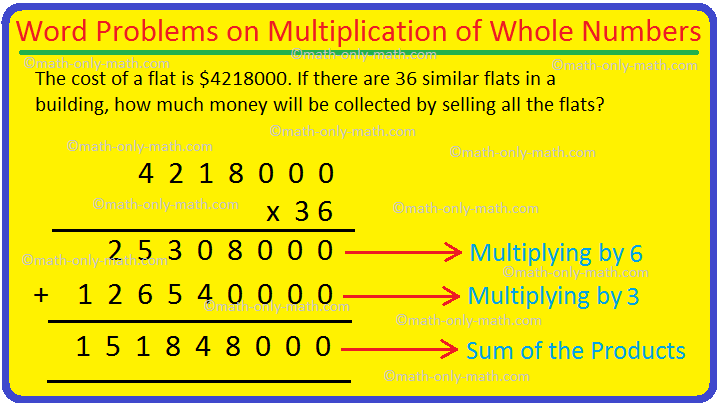
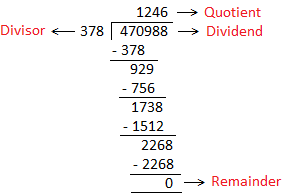
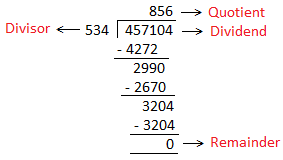
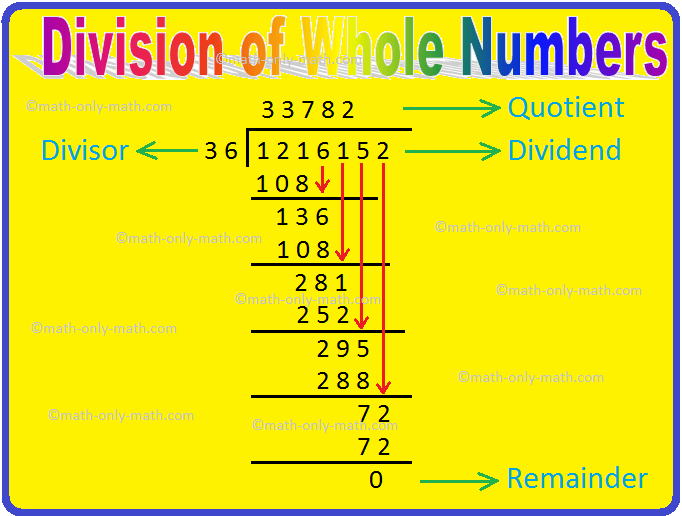
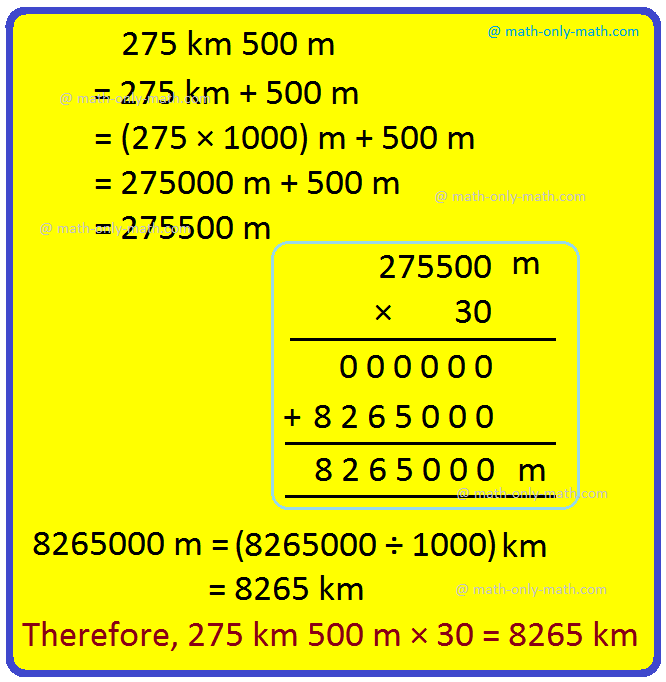
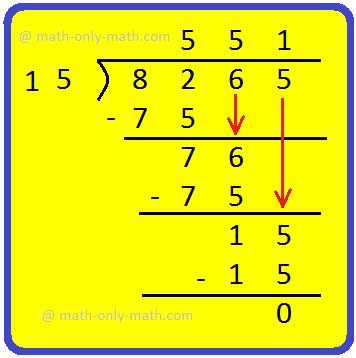


New! Comments
Have your say about what you just read! Leave me a comment in the box below. Ask a Question or Answer a Question.